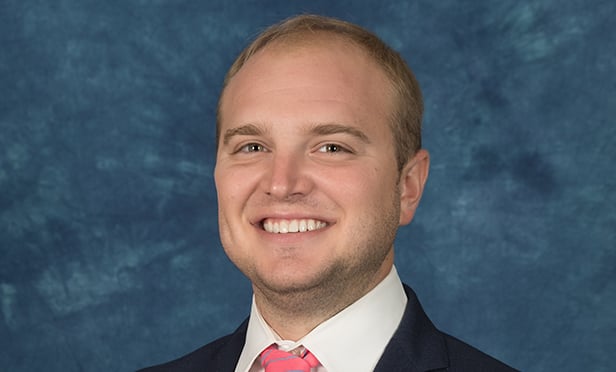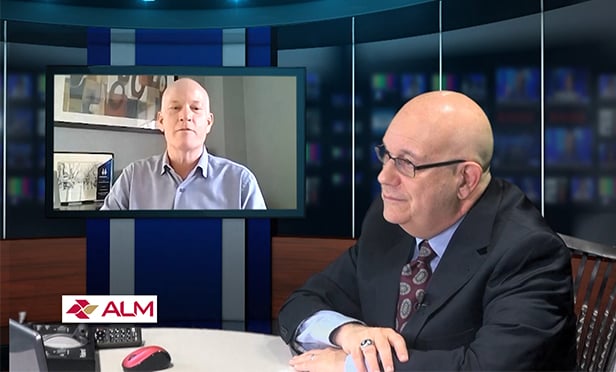Environmentalists and community activists tend to have a different view. In many instances they remain unconvinced that the process is sufficiently protective of environmental and public health concerns.
These competing views were presented to the Senate's Environment Committee in late 2006.
On October 23, 2006, DEP Commissioner Lisa P. Jackson outlined her assessment of the needed legislative revisions, including several that would strengthen the current enforcement process. These would authorize DEP to recover all of its direct and indirect costs, including legal fees, from responsible parties; increase penalties for Industrial Site Recovery Act violations; enable the imposition of civil administrative penalties for site remediation violations; sanction first priority liens whenever the department expended any public funds for remediation; and clarify the authority to remove Spill Act responsible parties from the voluntary cleanup program.
A month later, the Senate committee heard public testimony from the various constituent groups. These proceedings led the committee's chair, Senator Bob Smith (D-Middlesex), to request that the DEP conduct stakeholder group meetings to identify the additional legislative issues that required statutory revisions.
In response, DEP Assistant Commissioner Irene Kropp was assigned the task of organizing the group, which was intended to focus on developing legislative recommendations, rather than on regulatory and managerial issues. Its 32 members included representatives of environmental groups, environmental justice groups, environmental lawyers, legislative staff, builders and consultants. For additional information regarding how the department undertook this assignment, see www.nj.gov/dep/srp/stakeholders. Based on the large size of the group and the divergent views represented, it was difficult to predict that much would be accomplished.
The stakeholder process resulted in the preparation of 11 white papers that summarized the stakeholder session discussions conducted. In an effort to assure that the public was aware of the process, the working drafts were posted on the DEP's website. The department is currently reviewing the stakeholders' comments concerning the drafts. Once finalized, the white papers will be provided to the Senate and Assembly environment committees for their consideration and are likely to generate legislative proposals.
Addressing backlogs. A cursory review of the statistics revealed the existence of a serious problem: more than 18,000 pending SRP cases were being handled by 250 to 300 case managers and 90 technical support staff. The situation gets worse each year as approximately 4,000 new cases are received and 3,500 No Further Action (NFA) letters are issued.
Increased staff would tend to reduce the backlog, but this is unlikely to occur because of budgetary problems. Similarly, additional delegation of less complicated matters to county environmental health agencies is not possible due to the lack of funding.
Other approaches included the adoption of a certification program for homeowner tanks, a licensed site professional (LSP) program and the use of in-house contractors. DEP is currently drafting regulations designed to divert most homeowner tanks from the SRP. The LSP program would provide for testing and licensing of qualified environmental professionals. It could also provide for the delegation of certain oversight responsibilities now performed by DEP personnel. Some of the stakeholders raised concerns that the use of LSPs could compromise the integrity of the SRP process. The use of contractors to handle some of the case management review tasks was also discussed.
Environmental Insurance. The insurance issue was reviewed in the context of institutional (e.g., deed notices) and engineering controls (e.g., caps). The concern that was raised involved how to assure compliance with these long-term requirements following the conveyance of the affected property.
One option was to require mandatory insurance. Another was the creation of a dedicated fund, derived from payments by remediating or responsible parties. Some of the stakeholders expressed reservations regarding the insurance scenario; it was also recognized that there would be resistance to raising revenues to establish a dedicated fund.
Public Notification and Participation. In 2006, the Legislature amended the Brownfields and Contaminated Site Remediation Act to enhance public notice of cleanup activities. N.J.S.A. 58:10B-24.1 et seq. The DEP has proposed implementing regulations that were designed to assure that the local municipality, as well as the affected community, received notice and had the opportunity to participate. Proposed N.J.A.C. 7:26E-1.4 et seq.
The discussions during the stakeholder process indicated that some participants believed that this would further delay an already slow-moving process. On the other hand, the environmental justice community representatives suggested the proposals had not gone far enough and that a source of funding should be established so that qualified technical and legal experts could be retained to review the remediation reports.
Dry Cleaner Remediation Program. It has been estimated that 1,500 of the 2,000 dry cleaners currently in operation have contamination issues. The SRP was aware of only about 300 of these sites.
The special problem for dry cleaners was that they tend to be small businesses, without sufficient capital to fund remediation. Complicating matters was the fact that the contaminant associated with these operations, tetrachloroethylene, or perc, was carcinogenic and often expensive to remediate.
In response, 13 states have adopted state-funded dry cleaner programs. The stakeholders discussed the possible elements of a New Jersey response.
Historic Pesticides and Pesticide Application. The historic use of pesticides for agricultural and pest control purposes has resulted in the detection of these compounds in soils at levels that exceed DEP's residential cleanup criteria. Concerns regarding this situation have usually arisen in connection with the development of the property.
The situation has generally slipped between the cracks of the existing regulatory regime. However, the DEP has provided guidance regarding sampling methods and permits the use of soil blending as an acceptable remediation technique.
The stakeholder process focused on the presence of pesticide compounds at residential and school/child-care center sites. There was discussion of standard-setting and how to fund sampling and remediation.
Municipal Issues. This white paper identified five concerns expressed by municipal officials: remediation of redevelopment projects takes too long; communication regarding institutional and engineering controls needs improvement; the DEP's cap inspection program was ineffective; municipal officials need to be better informed concerning known and contaminated sites; and improved protection and notice of the risks associated with abandoned contaminated sites needs to be provided.
The comments were wide-ranging and included imposing an impact fee on developers to move a project through the system; creating a Web site or database identifying sites with institutional and engineering controls; providing additional information directly to mayors' offices; and the posting of advisory signs at abandoned sites.
Cumulative Exposure. Part of the difficulty of addressing this concept was that there appeared to be disagreement as to its meaning. Some considered it as referring to the combined or cumulative health risk presented by exposure to hazardous substances discharged from a site via multiple exposure pathways. The environmental justice community viewed it more broadly as encompassing issues beyond DEP's traditional role — asbestos materials in homes, lead-based paints and contaminants in food. According to the draft white paper, there appeared to be agreement that cumulative exposure or risk issues were complex, required more research, and had not been addressed in the existing statutes.
Other white papers dealt with Remedy Selection; Engineering and Institutional Controls; Acute Exposure/Hot Spot Removal; Performance vs. Prescriptive Based Remediations.
Based on a review of the draft white papers, the value of the stakeholder process is questionable, other than perhaps providing its participants with the sense of inclusion. While the documents discussed cutting-edge SRP issues and the constituent groups' divergent opinions, they fell short in identifying curative legislative measures. But it is likely that these will emerge in the coming months after the election.
Lewis Goldshore is a partner at Goldshore, Cash & Kalac of Lawrenceville. Goldshore and Marsha Wolf are co-authors of New Jersey Environmental Law (ICLE 2003), and Goldshore is a co-author of New Jersey Brownfields Law, published by New Jersey Law Journal Law Books. Their column appears regularly in the Law Journal.
Opinions are those of the authors solely.
Want to continue reading?
Become a Free ALM Digital Reader.
Once you are an ALM Digital Member, you’ll receive:
- Breaking commercial real estate news and analysis, on-site and via our newsletters and custom alerts
- Educational webcasts, white papers, and ebooks from industry thought leaders
- Critical coverage of the property casualty insurance and financial advisory markets on our other ALM sites, PropertyCasualty360 and ThinkAdvisor
Already have an account? Sign In Now
*May exclude premium content© 2025 ALM Global, LLC, All Rights Reserved. Request academic re-use from www.copyright.com. All other uses, submit a request to [email protected]. For more information visit Asset & Logo Licensing.








